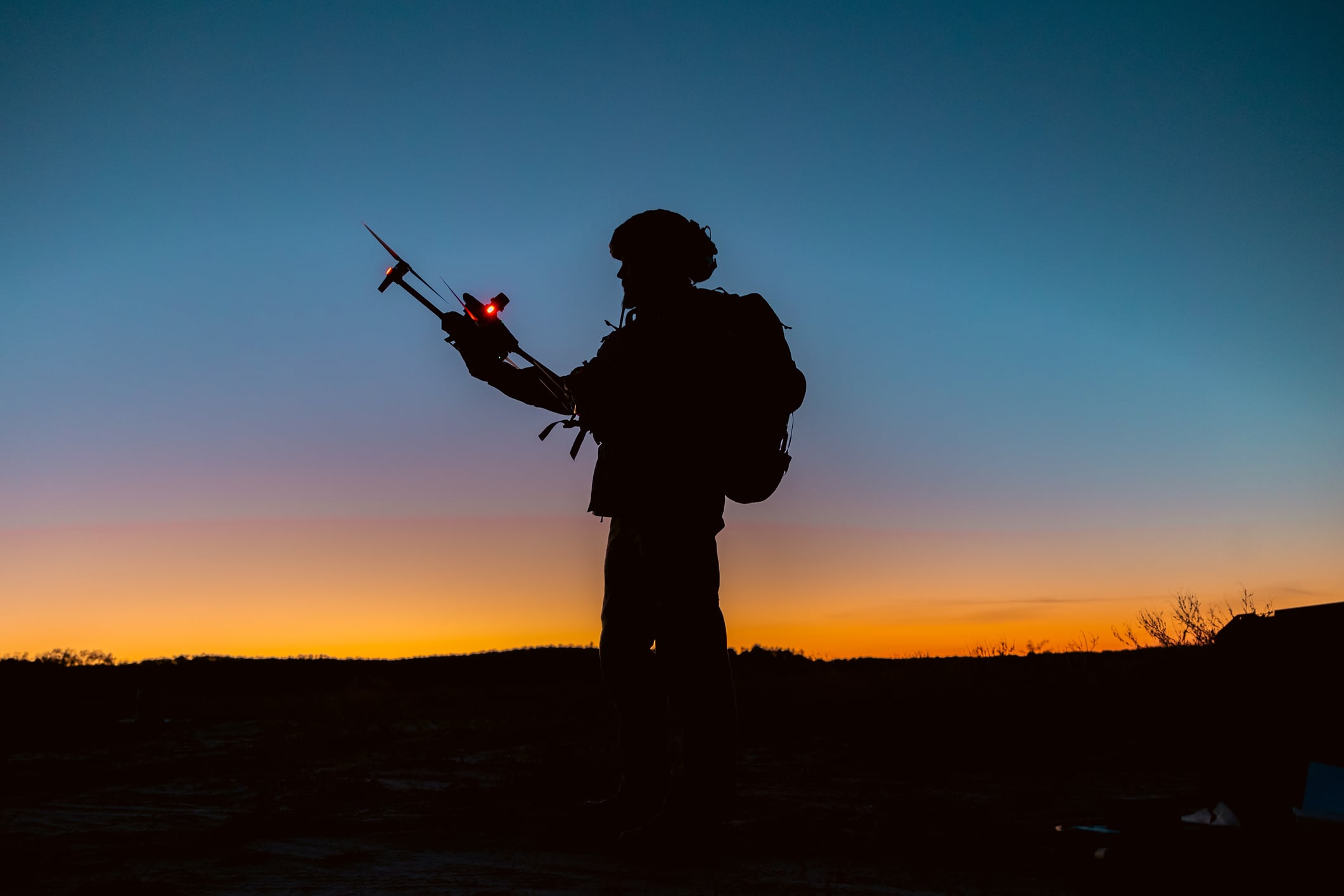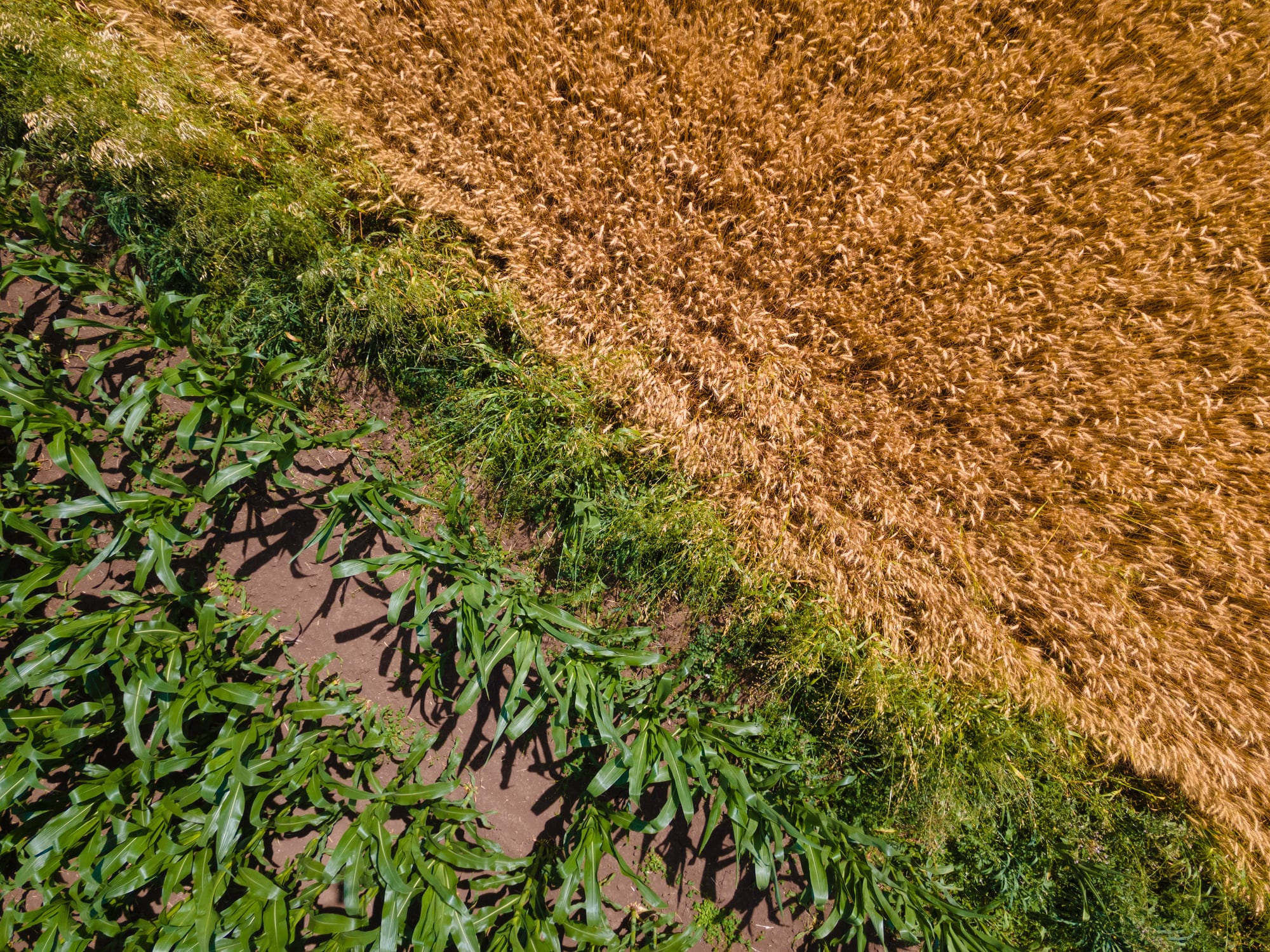From canned food, energy bars and even M&Ms, there is a long-standing link between new foods and warfare. Other critical breakthroughs – including new materials, satellite technology, and agricultural tools – originate from defence or military R&D before finding uses in agriculture.
Military innovations in drones, AI, sensor fusion, and analytics originally used for battlefield reconnaissance have all been translated into precision agriculture tools to improve productivity, sustainability, and resource management in farming and forestry.
“Be precise. You don’t get second chances”
The agtech sector is rethinking investment models and asking how to better turn ideas into impact to accelerate technology development. Emilio Loo Monardez, a former navy engineer and now head of agri-tech development at the University of Warwick, believes the military mindset could be key to solving some bottlenecks.
“Agriculture is a very complex sector where farmers are under unique pressure,” he said during a panel discussion at the recent World Agri-Tech Innovation Summit in London. “You don’t have second opportunities, so you need to be precise.”
He emphasized the importance of data interoperability and strategic focus, lessons he carried over from his time in the military. “You cannot be tackling everything. Understanding the key priorities that will make a difference for the business is something I learned in the navy.”
Agility and strategic foresight: Lessons from the frontline
Clemens Graf von Hardenberg, senior business development manager at Xarvio, BASF’s digital farming platform, noted that Ukrainian drone manufacturers have pivoted to military drone production to support the war effort, producing millions of drones and gaining extensive operational experience. He highlighted how military-style rapid iteration is helping agritech scale faster.
“We are flying drones in Brazil to reduce herbicides use by up to 60% by mapping weeds for farmers, which is a great return on investment case,” he said. He believes the fast reiteration of agile teams testing out technology – like we’ve seen in Ukraine – is what can help start-ups scale and create valuable businesses.
Tom MacMillan, CEO of Ag-Impact, pointed to the strategic foresight embedded in defence policy as a model for agriculture. “In defence, the whole policy process is anticipatory – asking what our needs will be in 5, 10, 20 years. We don’t have that in agriculture, certainly not in the UK,” he said. “We’re flying blind at the strategic level.”
Avoiding the pitfalls of overengineering
While defence offers valuable lessons, MacMillan also warned against blindly copying its approach. “We don’t want to be in the game of spending billions on tech that’s redundant by the time it’s deployed,” he said. “I think there’s some cautionary tales in those highly consolidated, slightly closed-shop sectors that are adjacent to us. Agriculture’s diversity should be a strength, not a limitation.”
James Green, group director of agriculture at G’S Fresh, echoed the need for real-world validation. “Is what somebody is trying to scale up actually solving the problems that growers have?” he asked. “We had a robot that couldn’t navigate our soil type. That’s not a solution ready for adoption.”
A new chapter for UK agri-tech?
The panel discussion followed an announcement by Defra secretary Angela Eagle of a flagship UK initiative to expand the agri-tech sector with targeted support for start-ups and SMEs.
Emilio Loo Monardez welcomed the move but stressed the need for deeper strategic planning.
“It’s very expensive to move research ahead,” he said. “We need to map out which capabilities we have and what’s strategically needed to secure food in the UK and Europe.”
He concluded: “Transferring learning from sectors like automotive, defence, and aerospace into agriculture is vital.”





